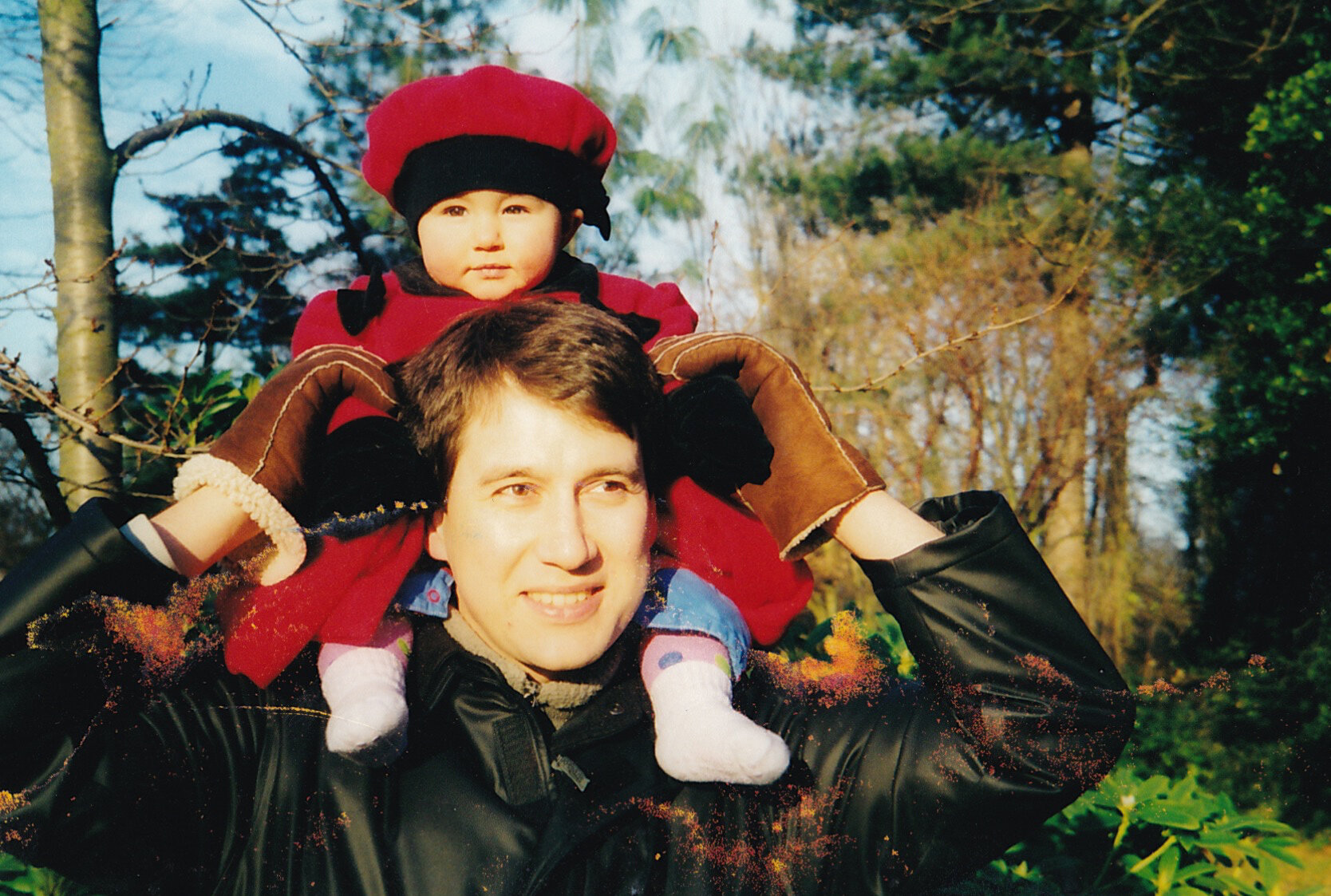Allergies and Eczema - Learning to Join Up the Dots
When Natasha was a small baby, twelve weeks old, her skin became inflamed and itchy all over her face, arms and body. She went from being a contented ‘text-book baby’ to being extremely agitated, with broken sleep and a constant desire to scratch at her skin.
We made an appointment with our GP who prescribed a steroid ointment for her. Because she was so young and steroid creams are strong, we were also prescribed a barrier cream to apply first.
When we got home, I covered Natasha in the barrier cream and then applied the steroid cream to her skin. Later that day, she was screaming in her cot and I rushed in thinking that she wanted a feed. I was horrified to see her little face covered in bleeding fissures that had cracked her skin open. I immediately picked her up and checked her all over, her skin was sore and blistered, peeling across her whole body.
Our GP told us that this was likely to be due to an allergy to lanolin which was an ingredient used in the barrier cream she had been prescribed. It took about a month for her skin to heal. I was so worried that she would have permanent scarring but thankfully nothing remained visible on the outside, I did however have a weepy and clingy baby that was uncomfortable in her own skin.
Natasha’s eczema would flare up for reasons we could not fathom. I would sew mittens onto the arms of her babygro’s to stop her from incessantly scratching her at skin. We bought emollient bath creams to give her skin some protection from the hard bath water and I found a particular bath cream advertised as being ideal for babies with eczema or very dry skin. But I stopped using the cream immediately when I learned that one of its main ingredients was peanut oil. I didn’t know if she was allergic to peanuts at this point but I suspected that she could be. For some reason peanut was listed as ‘arachide’ which is its name in French. I had read that eczema is a skin barrier defect that allows allergens to enter through the skin. I was horrified.
Natasha’s first year of life went from bad to worse. She had two anaphylactic reactions before the age of 9 months, the first to banana and the second to cows milk baby formula. Her GP had reassured us to give her the cows milk formula even though we were concerned she may be allergic to more foods than just banana. We were told that another food allergy was highly unlikely. Her eczema suddenly disappeared at about fourteen months but just as it did, it was mysteriously replaced with asthma. Her early asthma episodes were very severe and difficult to manage, it frightened us just as much as her food allergies did.
In our allergy journey with Natasha, we now know that her eczema and food allergies were linked. Many babies and children grow out of eczema and don’t have food sensitivities but for others it can be the opposite. Spotting the danger signs is essential in early allergy diagnosis but those very signs that flagged up for Natasha were unfortunately missed.
For children with eczema, the condition is considered to be part of something called the “atopic march.” This involves 1) eczema during infancy, 2) followed by food allergy, 3) hay fever and asthma, typically in that order. The age at which eczema first appears and its severity also seems to affect the probability of developing food allergies.
Natasha had all the signs but as we struggled to care for our baby, no one was joining up the dots. What has your early experience of allergies been? We would love to hear from you.



